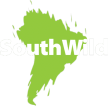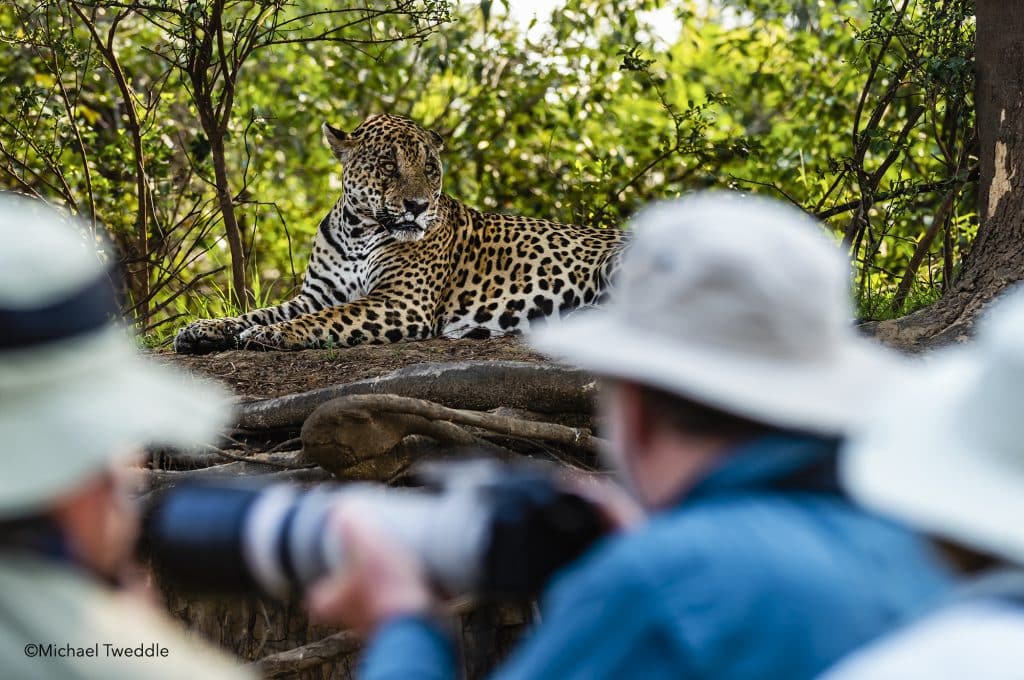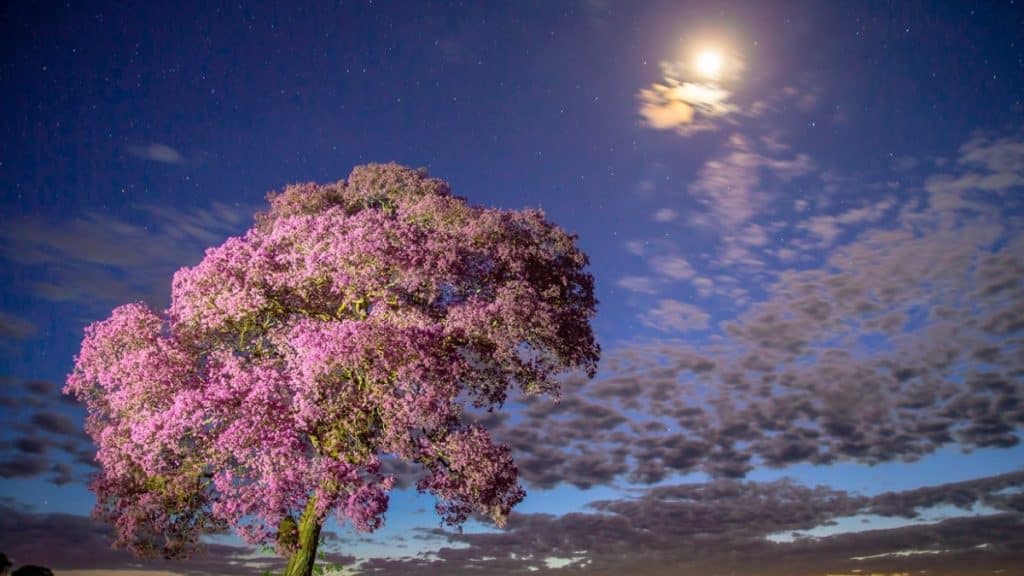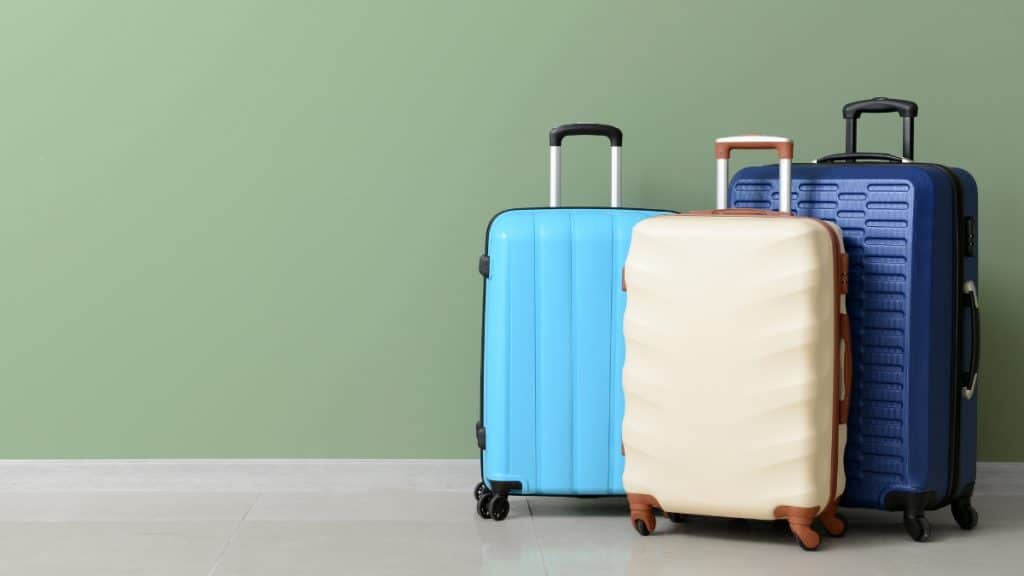Photography is an art that allows us to capture fleeting moments, revealing details and beauties that often go unnoticed. In the world of wildlife, this skill becomes even more challenging and rewarding. This article explores the exciting best of wildlife photography tips, highlighting its significance, and offering valuable insights for those looking to enhance their skills.
Let’s embark on this adventure, where the camera becomes our ally in the pursuit of the perfect shot and in the appreciation of the majesty of nature.
Essential Photography Gear
Recommended Cameras for Nature Photography
When venturing into the world of wildlife photography, having the right camera can make all the difference. While there are various camera options available, some are better suited for capturing nature’s beauty than others. For beginners and enthusiasts, a digital single-lens reflex (DSLR) or mirrorless camera is often a great starting point. These cameras offer the flexibility of interchangeable lenses and manual settings, allowing for creative control over your shots. Brands like Nikon, Canon, Sony, and Fujifilm offer excellent choices in this category.
Ideal Lenses for Wildlife Photography
In the realm of wildlife photography, the right lens can elevate your shots to new heights. Telephoto lenses are a staple for capturing animals in their natural habitats. A lens with a focal length of 300mm or greater is ideal for photographing distant or skittish subjects. For added versatility, consider a telephoto zoom lens, such as a 70-200mm or 100-400mm, which allows you to adjust your framing without changing lenses constantly. Additionally, a macro lens can help you capture intricate details of smaller creatures and flora.
Tripods, Filters, and Other Important Accessories
While the camera and lenses are primary components of your photography gear, several accessories can enhance your wildlife photography experience. A sturdy tripod is essential for keeping your shots stable, especially when using longer lenses or slower shutter speeds. Polarizing filters can reduce glare and enhance colors in your images, making them particularly useful for capturing vibrant landscapes. Neutral density (ND) filters are valuable for controlling exposure in bright conditions, allowing you to achieve long-exposure effects like silky waterfalls or motion-blurred wildlife.
In the world of wildlife photography, having the right equipment can be a game-changer. The choice of camera, lenses, and accessories will greatly influence your ability to capture stunning images of the natural world. So, before you embark on your next photographic adventure, ensure you have the essential gear needed to seize those perfect moments in the wild.
Binoculars: Enhancing Your Wildlife Photography Experience in the Pantanal
For wildlife photographers venturing into the Pantanal, binoculars are an essential tool that can significantly enhance your experience. The dense and diverse environment of the Pantanal often requires keen observation to spot elusive wildlife. Here’s a breakdown of some top binocular models and their benefits:
- Swarovski NL Pure 10×42 – These high-end binoculars offer exceptional clarity and a wide field of view, making them perfect for capturing the minutiae of wildlife in their natural habitat. Their 10x magnification allows for detailed observation from a distance, ensuring you don’t disturb the animals.
- Zeiss Models – Zeiss is synonymous with quality optics, offering sharp, high-contrast images. Their models are designed for durability and performance, ideal for the challenging conditions of the Pantanal.
- Leica Binoculars – Known for their superior lens quality, Leica binoculars provide crystal-clear images, essential for identifying wildlife and planning the perfect shot. They combine high-quality optics with rugged construction.
- Nikon Binoculars – Offering a range of options, Nikon binoculars are a great choice for those looking for quality at a more affordable price. They provide good optical clarity and are user-friendly, suitable for both amateur and professional photographers.
- Vortex Binoculars – Vortex offers cost-effective options without compromising on quality. Their binoculars are known for their durability and clear optics, making them an excellent choice for photographers on a budget.
Using binoculars allows photographers to scout their surroundings effectively, identify potential subjects from a distance, and plan their approach for the best photographic opportunities. Each of these models offers unique features and price points, catering to the varied needs and budgets of wildlife photographers. Whether you’re an amateur or a seasoned pro, the right pair of binoculars can be a game-changer in capturing the majestic beauty of the Pantanal’s wildlife.
Fundamental Technical Knowledge
Essential Camera Settings for Nature Photography
Mastering the technical aspects of your camera is crucial for successful wildlife photography. To begin, understanding the exposure triangle—aperture, shutter speed, and ISO—is fundamental. Aperture controls the amount of light entering your lens and affects depth of field. In wildlife photography, a wide aperture (lower f-number) can create a beautiful background blur (bokeh) while keeping your subject sharp. Shutter speed determines how quickly your camera’s sensor is exposed to light. Faster shutter speeds are ideal for freezing fast-moving wildlife, while slower speeds can capture motion and create artistic effects. ISO controls the camera’s sensitivity to light, with higher ISO values suitable for low-light conditions but potentially introducing noise to your images.
Proper Use of Aperture, Shutter Speed, and ISO
Balancing these three settings is crucial for obtaining well-exposed wildlife photographs. For subjects in motion, opt for a fast shutter speed (1/500s or faster) to freeze action. A wide aperture (f/2.8 to f/5.6) can create a pleasing background blur, isolating your subject from distractions. In low-light conditions, consider raising the ISO, but be cautious not to overdo it to avoid excessive noise. Keep in mind that wildlife behavior can change quickly, so being proficient at adjusting these settings on the fly is essential.
Composition and Framing for Wildlife Photos
In wildlife photography, composition is just as important as technical settings. A few key guidelines include the rule of thirds, where you divide your frame into nine equal parts and place your subject along these lines or at the intersections. Ensure your subject has space to move or look into the frame; this gives your photo a sense of direction and conveys the animal’s movement. Pay attention to the background, as cluttered or distracting backgrounds can take the focus away from your subject. Patience is essential in wildlife photography, as waiting for the right moment when the animal’s behavior or position aligns with your composition can result in captivating shots.
Building a solid foundation of technical knowledge, combined with a keen eye for composition, is essential for capturing stunning wildlife images. By mastering camera settings, understanding how to balance them, and applying composition principles, you’ll be well-prepared to seize the perfect shots in the wild.
Nature Photography Planning
Selecting the Right Location and Pre-research
Successful wildlife photography often begins with thorough planning. Choosing the right location can make a significant difference in the quality and variety of wildlife you encounter. Do your research to identify wildlife-rich areas, taking into account factors like the species you want to capture and their habitat preferences. Online resources, local guides, and wildlife forums can provide valuable insights into prime locations. The location of the SouthWild lodge is privileged and allows visitors to have night watches of Ocelots on 85% of the nights and Jaguars on 99% of the days! Additionally, the magnificent location of the observation towers allows for extensive immersion in the flora and, consequently, the rare birds that fly over them.
Timing Your Shots: Best Times of Day and Seasons
Understanding the best times to photograph wildlife is vital. The golden hours, occurring during sunrise and sunset, offer soft, warm lighting that can add a magical quality to your images. Many animals are also more active during these periods. However, don’t discount midday shooting entirely; some species are active in bright sunlight. Regarding seasons, different times of the year can provide unique photographic opportunities. For example, spring might offer opportunities for capturing mating rituals or newborn animals, while fall could showcase the beauty of migration.
Prioritizing Safety and Ethical Considerations
Wildlife photography should always prioritize the safety and well-being of the animals you’re capturing. Keep a respectful distance, and avoid disturbing or stressing them. Use long lenses to maintain distance while achieving close-up shots. Respect the animals’ routines and avoid interfering with their natural behaviors. Additionally, research the ethical guidelines of the area you’re visiting and follow them closely.
Ensuring your photography adventures are safe, responsible, and considerate of wildlife is not only essential for the animals but also for preserving these environments for future generations of photographers. By meticulously planning your excursions, understanding optimal timing, and adhering to ethical guidelines, you’ll have the best chance of capturing breathtaking images while being a responsible wildlife photographer.
Practical Wildlife Photography Tips
Camouflage and Approach Techniques
Getting up close to wildlife without spooking them can be challenging. Utilize camouflage clothing or blinds to blend into your surroundings. Move slowly and quietly, avoiding sudden movements. Use available terrain and vegetation for cover. Patience is key; wait for animals to become comfortable with your presence.
Understanding Animal Behavior and Anticipating Actions
South Wild’s guides are the most well-trained in the Pantanal. With their eagle eyes, they can pinpoint the locations and the best moments to capture wonderful shots, while respecting the local natural order!
Editing and Post-processing Wildlife Images
Recommended Editing Software
Selecting the right editing software is crucial for enhancing your wildlife photographs. Popular choices among photographers include Adobe Lightroom and Adobe Photoshop. These programs offer a wide range of tools for adjusting exposure, color balance, and sharpness while maintaining the quality of your images.
Common Adjustments to Enhance Wildlife Photos
When editing wildlife photos, there are several common adjustments you can make to improve the final result:
- Exposure and Contrast: Adjust exposure to ensure the subject is well-lit without overexposing or underexposing. Fine-tune contrast for better definition.
- Color Balance: Correct any color casts caused by the lighting conditions. Wildlife images often benefit from more natural and true-to-life colors.
- Sharpness: Apply sharpening techniques to enhance details in feathers, fur, or scales. Be cautious not to oversharpen, which can introduce artifacts.
- Cropping: Crop the image to improve composition and remove distracting elements. Maintain a balanced composition while preserving the integrity of the shot.
- Noise Reduction: If you’re shooting in low light or at high ISO settings, noise reduction can help reduce graininess in the image.
Preserving Authenticity
While post-processing can greatly enhance your wildlife images, it’s important to maintain the authenticity and integrity of your photographs. Avoid over-processing that results in unnatural-looking images. Strive to represent the scene as accurately as possible, ensuring that the colors, details, and overall feel of the photo remain faithful to the original moment.
Remember that ethical considerations apply to editing wildlife photos as well. Avoid any manipulations that mislead viewers or harm the reputation of wildlife photography. Responsible editing allows you to highlight the natural beauty of the subject while preserving the integrity of the wildlife and their environment.
Protecting the Environment and Wildlife
Ethics in Wildlife Photography
Ethics play a pivotal role in wildlife photography, as it can have a significant impact on the animals and ecosystems you capture. Here are some ethical guidelines to follow:
- Do Not Disturb: Always prioritize the well-being of wildlife. Do not disturb, harass, or intentionally alter the behavior of animals for a better shot.
- Keep a Safe Distance: Use long lenses or observation techniques to photograph wildlife from a distance that doesn’t stress or alarm the subjects. Respect buffer zones recommended by conservation organizations.
- Minimize Your Presence: Keep a low profile, move quietly, and avoid sudden movements. Blend into the environment to minimize your impact.
Environmental Responsibility
Wildlife photography often takes place in pristine natural settings, and it’s crucial to minimize your ecological footprint:
- Leave No Trace: Follow the “leave no trace” principle. Take your litter with you, and do not disturb or remove plants, rocks, or other natural elements.
- Stay on Designated Trails: Stick to designated paths and trails to prevent trampling on sensitive habitats.
- Respect Regulations: Familiarize yourself with local regulations and guidelines for wildlife photography, including restricted areas and seasonal restrictions.
The Importance of Conservation
Wildlife photographers have a unique opportunity to raise awareness about conservation issues. By sharing images of endangered species, fragile ecosystems, or the beauty of nature, you can inspire others to appreciate and protect our natural world. Support conservation organizations and consider donating a portion of your proceeds to wildlife preservation efforts. Remember that your role extends beyond capturing images; it also involves advocating for the well-being of the environment and the wildlife that inhabit it.
Read more about sustainable tourism here.
Inspiration and Examples of Wildlife Photography
Notable Wildlife Photographers and Their Work
The world of wildlife photography is filled with talented individuals who have made significant contributions to the field. Here are a few notable wildlife photographers and some of their remarkable work:
Frans Lanting: Known for his stunning images of wildlife and landscapes, Frans Lanting’s work often portrays the intricate relationships between animals and their environments.
Art Wolfe: Art Wolfe’s photography spans the globe, capturing the diversity of wildlife and indigenous cultures. His images tell compelling stories about the natural world.
Joel Sartore: He is a renowned name in photography world who is also an influencing speaker, author, teacher, conservationist, National Geographic fellow, and regular contributor to National Geographic magazine.
Christian Ziegler: Christian has travelled extensively in Europe, Central- and South America, Africa, Southeast Asia and Australia with main focus on tropical forest areas. He has dedicated more than 10 years’ time in tropical forests around the world.
Photography’s Role in Conservation
Wildlife photography has a powerful role to play in conservation efforts. Exceptional wildlife images can inspire people to connect with nature, raise awareness about endangered species, and drive support for conservation initiatives. By capturing the beauty of the natural world, photographers can motivate individuals and communities to take action to protect our planet’s biodiversity.
Through your own wildlife photography, you have the opportunity to contribute to this cause, showcasing the wonders of the wild and advocating for its preservation. Share your work on platforms that reach a wide audience, participate in exhibitions, and collaborate with conservation organizations to amplify your impact. Remember, each photograph has the potential to inspire change and foster a deeper appreciation for the incredible diversity of life on Earth.
Embark on a Wildlife Photography Adventure
In the realm of wildlife photography, every click of the shutter is a journey into the heart of the wild, a connection with nature’s wonders, and a testament to the beauty of our planet’s biodiversity. Armed with essential equipment, technical knowledge, and ethical principles, you can unlock the art of capturing the perfect shot in the wild.
As you venture into the world of wildlife photography, remember the importance of responsibility and conservation. Our ability to preserve the environment and protect its inhabitants is as vital as the images we create. By practicing ethical photography and supporting conservation efforts, we ensure that future generations can also be inspired by the breathtaking beauty of the natural world.
Now, it’s time to turn your newfound knowledge and passion into action. Consider embarking on a wildlife photography tour, such as the Jaguar Tour in the Pantanal. This unique experience offers a chance to witness the world’s most elusive big cat in its natural habitat while honing your photography skills.
Join us on this incredible journey, where your lens will capture moments of unparalleled beauty and your heart will connect with the wild. Book your Jaguar Tour in the Pantanal today and embark on an adventure that promises not only remarkable photographs but also a deeper understanding of the importance of wildlife conservation.



